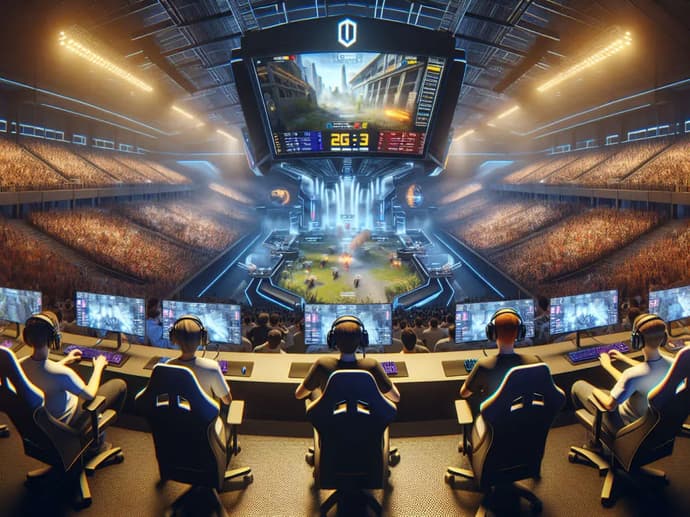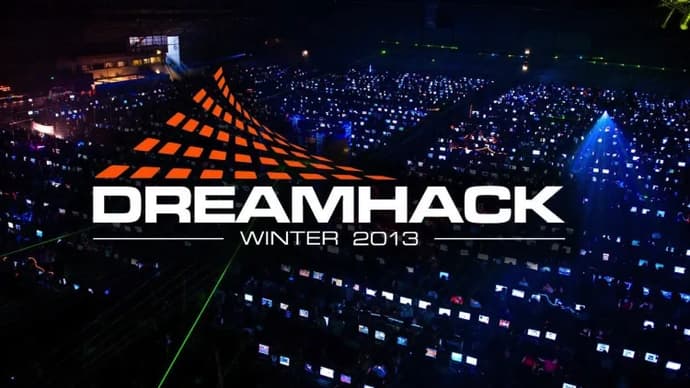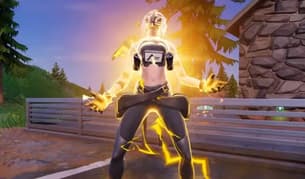
Counter-Strike 2 Majors: New Expansions and Changes to the Ranking Process

Major changes are coming to Counter-Strike 2 Majors that will usher in a new era in esports tournaments. The expansion of the roster of teams and the abandonment of the playoffs known as RMR will change the structure of the game's most important competitions, and will also have a major impact on the odds of unlicensed bookmakers in Spain.
Expansion to 32 Teams
Starting in 2025, Counter-Strike 2 Majors will expand from 24 to 32 teams. This change will be implemented starting with the BLAST.tv Austin Major, which will be the first Major to feature this new structure. The expansion is intended to increase competitiveness and provide more opportunities for emerging teams looking to prove themselves on Counter-Strike's biggest stage.
The expansion of the teams also involves the addition of a new Swiss-style stage, which will be added to the existing Opening and Elimination stages. This change will extend the length of the Majors by approximately four days, meaning that the tournaments will last a total of 18 days.
Major Stage | Description |
Opening | First stage where all teams compete. |
Swiss Type | New phase with the Swiss system to determine the qualifiers. |
Elimination | The worst performing teams are eliminated. |
Goodbye to RMRs
Another significant change is the elimination of Regional Qualifying Events (RMRs), which have been the final stage of the qualifying process for the Majors for the past four years. Instead, invitations to the Majors are expected to be based primarily on Valve's team rankings, known as Valve Regional Standings (VRS). While it is unclear whether this will be the only means of earning a spot in the Majors, the trend is towards more direct, results-based qualification.
This change could have a significant impact on the type of teams that qualify, favouring those that consistently perform well throughout the season.
Changes to the Majors Calendar
The Counter-Strike 2 Majors will also see an adjustment to their dates starting in 2025. Instead of being held in May and November, the tournaments will be held at the end of each season in June and December. This change aims to better align the Majors with the summer and winter breaks, ensuring that teams can adequately prepare without interfering with other major tournaments.
Below is the updated Majors schedule for 2025 and 2026:
Year | Date First Major | Date Second Major |
2025 | 9 - 22 June | 1 - 14 December |
2026 | 8 - 21 June | 30 November - 13 December |
This adjustment in the calendar could benefit teams that tend to improve their performance towards the end of each season and contribute to a higher level of competition.
Selection Process for Tournament Organisers
Valve has sent out requests to tournament organisers to submit their proposals to host the 2025 and 2026 Majors.
Organisers are expected to provide details on the quality of their previous events and how they plan to ensure high entertainment value for spectators.
The Majors will continue to be financially supported by Valve for the prize pool, as well as travel and accommodation costs for players.
Some of the key points considered by Valve when selecting organisers include:
- Region and Experience: Priority is given to events in regions where organisers have previously demonstrated success.
- Entertainment and Streaming: The majority of viewers will watch events via online broadcasts. A detailed distribution plan is required, including platforms and schedules.
- Feature Proposal: Valve does not usually give much weight to new or developing features unless concrete details on implementation and support are provided.

Importance of Majors in the Counter-Strike Community
Counter-Strike Majors have been a mainstay of the competitive scene since the creation of the first Valve-sponsored event at DreamHack Winter 2013. Originally with 16 teams, the format was expanded to 24 teams in 2018, and now, in 2025, the next evolutionary step is to bring the total number of teams to 32.
This expansion also implies a higher level of demand for tournament organisers, who will have to be able to manage an additional phase of competition, and ensure the comfort and preparation of all participating teams.
Thus, the Majors remain an event where only the best can participate, ensuring the quality of the matches and maintaining the attractiveness for the global audience.
Considerations for the Future
The proposed changes not only affect the structure and schedule, but also the overall impact of the Majors on the Counter-Strike community.
By eliminating RMRs and opting for a performance-based ranking system during the season, Valve may be moving towards a system more aligned with team consistency and sustained performance.
This approach could lead to greater stability for teams competing at the professional level, while removing some of the uncertainty that used to characterise ranked events.
In addition, the expansion to 32 teams will allow more emerging teams to participate, which could provide more opportunities for new talent to break through. However, there is also concern that the increase in participants could extend the length of the tournaments to the point where it affects the quality of the broadcasts and the viewer experience.
Ultimately, the Counter-Strike 2 Majors are entering a phase of evolution that could define the future of the competition for years to come. With more teams, a realigned schedule, and the elimination of RMRs, Valve is betting on a structure that rewards consistency and performance throughout the season. This could lead to a higher level of competition and greater appeal for fans of this esports classic.
Conclusion
The expansion of Counter-Strike 2 Majors to 32 teams, along with the elimination of RMRs and adjustments to the schedule, promises a revamped experience for players and spectators alike.
With a focus on consistency and performance, Valve is reshaping the way these iconic events are run. These changes will no doubt be closely watched by the Counter-Strike community, who will be looking forward to the first Major in the new format in June 2025.
Frequently Asked Questions
How many teams will participate in Counter-Strike 2 Majors after 2025?
Starting in 2025, Counter-Strike 2 Majors will have 32 teams instead of 24.
What changes have been made to the qualification process for Majors?
Regional Ranking Ranking (RMR) events will be eliminated and invitations are expected to be based on the Valve Team Rankings (VRS).
How long will the Majors last in the new format?
With the addition of the new Swiss-style stage, the Majors will last 18 days in total.
When will the 2025 and 2026 Majors be held?
The 2025 Majors will be held from 9-22 June and 1-14 December. In 2026, they will be held from 8 to 21 June and from 30 November to 13 December.
How will tournament organisers for the Majors be selected?
Valve has requested proposals from tournament organisers, who will need to demonstrate previous experience and a detailed plan to ensure a high-quality event.
What is the goal of the expansion to 32 teams?
The goal is to increase competitiveness and provide more opportunities for emerging teams to prove themselves on the main stage.

Elen Stelmakh est une personne créative qui se consacre à l'avancement de la culture des jeux vidéo par le biais d'articles et de conceptions visuelles. En tant qu'auteur d'EGamersWorld et concepteur d'un site Web de jeux à temps plein, Elen ne se contente pas de créer du contenu, elle y insuffle également de l'énergie et de la créativité.
 Date et heure des Game Awards 2025 dans le monde entierLa date et l'heure de TGA 2025 ont été confirmées pour un spectacle mondial en direct diffusé sur les principales plateformes.
Date et heure des Game Awards 2025 dans le monde entierLa date et l'heure de TGA 2025 ont été confirmées pour un spectacle mondial en direct diffusé sur les principales plateformes. StarLadder Budapest Major 2025 - Playoff Pick'em : Prédictions et opinionsStarLadder Budapest Major 2025 Playoff Pick'Em guide : pronostics de bracket, opinions d'experts et conseils clés pour vous aider à gagner la pièce de diamant tant convoitée.
StarLadder Budapest Major 2025 - Playoff Pick'em : Prédictions et opinionsStarLadder Budapest Major 2025 Playoff Pick'Em guide : pronostics de bracket, opinions d'experts et conseils clés pour vous aider à gagner la pièce de diamant tant convoitée. Voler un Brainrot Événement de l'heure d'hiver Brainrots de Noël et comment les obtenirDécouvrez tous les Brainrots de Noël de l'événement Voler un Brainrot de l'heure d'hiver et comment les obtenir.
Voler un Brainrot Événement de l'heure d'hiver Brainrots de Noël et comment les obtenirDécouvrez tous les Brainrots de Noël de l'événement Voler un Brainrot de l'heure d'hiver et comment les obtenir. Tous les boss du chapitre 7 de Fortnite - leurs emplacements et leurs récompensesChapitre 7 de Fortnite Tous les boss avec les emplacements exacts et les récompenses.
Tous les boss du chapitre 7 de Fortnite - leurs emplacements et leurs récompensesChapitre 7 de Fortnite Tous les boss avec les emplacements exacts et les récompenses.


